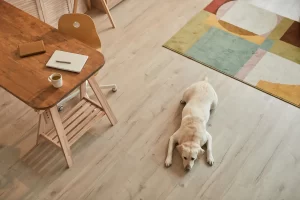What Type of Home Plumbing Should You Use?

When it comes to your home plumbing, there are several systems to keep track of. The plumbing system contains two primary lines: the water supply line and the waste-water-ventilation line. Usually, the latter contains copper pipes that are 1 to 1 and a half inches wide. Both lines are connected to the main water supply line. The water supply line is connected to the sink, toilets, and showers, and the drain-waste-ventilation line is connected to the toilets, showers, and other fixtures throughout the house.
The waste pipes remove sewage and gray water. They carry this wastewater to the city’s sewer system or a wastewater treatment plant. In addition, plumbing vent pipes extend from the waste pipes and allow sewer gasses to escape. Sewage gas can be hazardous to your health, and vent pipes help to release them and allow oxygen to enter the system. The sewage in these pipes is a common source of illness and should be addressed as soon as possible.
When it comes to home plumbing, a leak in the drainage system will result in a puddle, but a leak in the water supply system will affect the water pressure. Low water pressure makes it difficult or impossible to flush the toilet or run a shower. Therefore, leaks in the water supply system should be handled by a professional. The two home plumbing systems don’t overlap, but they do interconnect. Those parts are called fixtures by plumbers, but homeowners refer to them by their household names.
While polyethylene pipes are the most common choice for home plumbing, they are not the only option. There are also plastic and metal pipes. While metal pipes are more durable, PVC and PEX are cheaper and more durable options. Both are available in a variety of sizes and shapes. The only downside to each type is that they are not as prone to leaks as other types of pipes. So, which one should you use? Consider the type of plumbing in your home and make sure it suits your needs.
DWV (discharge water valve) systems connect your home’s sewer line and sewage system. If these aren’t installed properly, sewer gases would fill the house with a foul odor and turn the place into a smelly mess. In addition to preventing backflow, a DWV system allows the pipes in your home to connect with the sewer. A DWV system is the best option in many cases.
If you don’t live near a city water source, you’re likely getting water from a well. This water must be pumped into your house at high pressure, and when that pressure is reduced, the water pressure is lessened and can’t reach the uppermost portions of your home. Running showers are often the first victims of low pressure. Low pressure can be caused by a variety of factors, ranging from blocked pipes to leaks. A loose connection can be repaired in your home, while more complex problems like re-piping should be left to the professionals.







